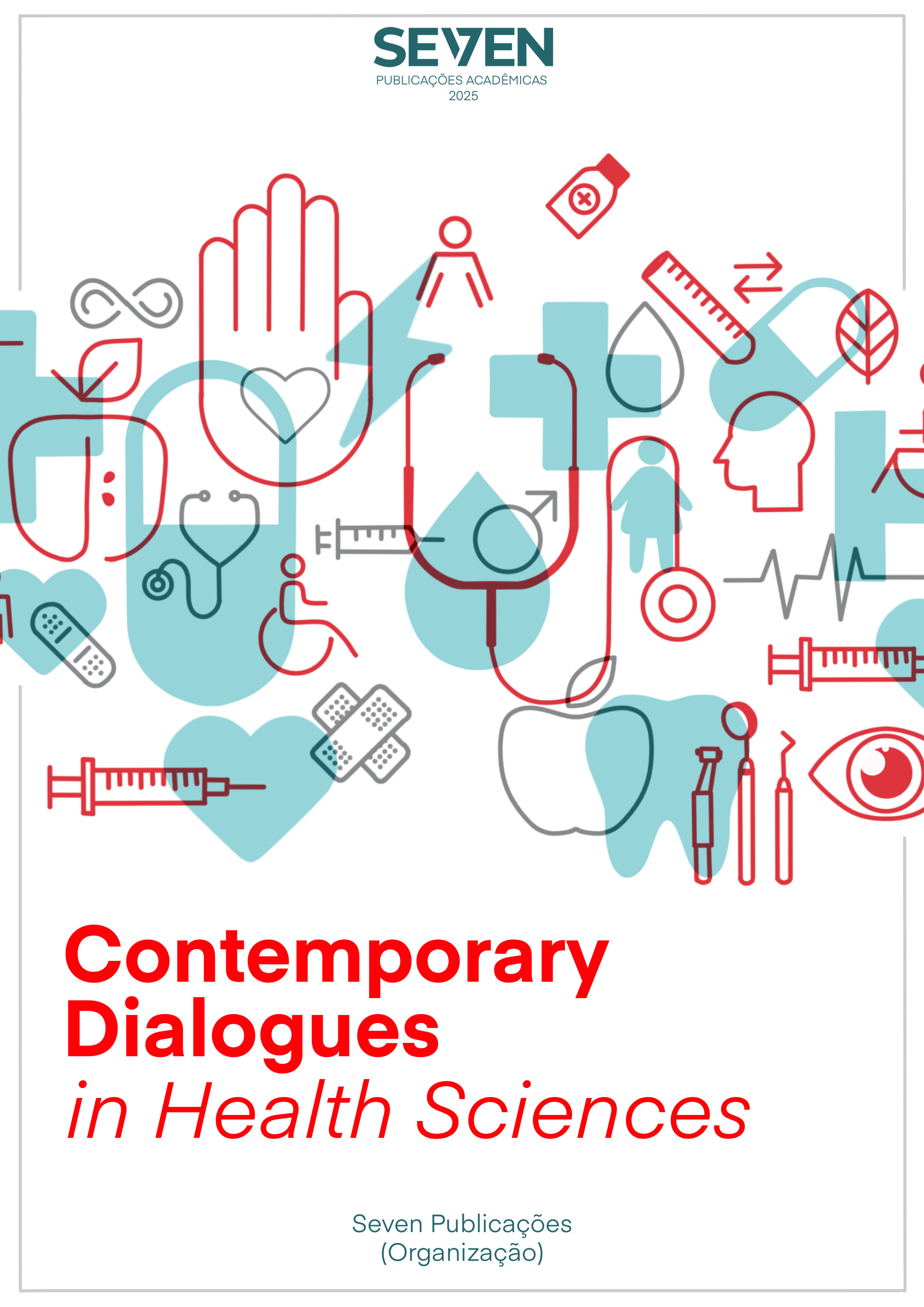THERAPEUTIC POTENTIAL OF OMEGA-3 FATTY ACIDS IN THE PRIMARY PREVENTION OF CARDIOVASCULAR EVENTS: A NARRATIVE REVIEW OF THE LITERATURE
Keywords:
Omega-3, EPA, DHA, Primary Prevention, Polyunsaturated Fatty AcidsAbstract
Polyunsaturated fatty acids of the omega-3 family, especially eicosapentaenoic acid (EPA) and docosahexaenoic acid (DHA), have been widely investigated for their therapeutic potential in the primary prevention of cardiovascular events. This paper presents a comprehensive review of the available evidence on the physiological mechanisms, metabolic effects, and clinical outcomes associated with omega-3 supplementation, with emphasis on recent studies and systematic reviews. These nutrients play an important role in modulating risk factors such as dyslipidemia, subclinical inflammation, and endothelial dysfunction, as well as potentially contributing to the reduction of myocardial infarction and sudden cardiac death. A key finding is the difference in outcomes between the use of high-dose EPA alone, which has shown significant benefits in recent clinical trials, and the combined formulation of EPA+DHA, whose effects on overall cardiovascular mortality remain more uncertain. Although the findings are promising, conflicting results persist, particularly in low-risk populations. In this context, individualized supplementation, combined with rigorous control of modifiable factors, remains a central strategy to reduce the burden of cardiovascular disease.
Downloads
Published
Issue
Section
License
Copyright (c) 2025 Valéria Goulart Viana, Luís Henrique Oliveira de Moura, Jemina Vieira e Freitas Lourenço, Maria Auxiliadora Bezerra Fechine, Vitória Zamecki Andrade Nepomuceno, Marcel Nepomuceno de Oliveira, Isadora Cabral Araújo de Albuquerque, Diegomaier Nunes Neri, Mayara Cardoso, Laís Burato, Guilherme Rubens Rocon Siqueira, Milena Picolotto Ruiz, Vitor Emanoel Chaves de Mesquita, Vitor Bosa Zanette, Marco Aurélio Cleto Pavan, Gustavo dos Santos Pereira, Guilherme Esteves Najjar Valle, Lucas Emericiano de Morais, Mário Leopoldino Felisberto, Rafael Marques França, André Hanon Reis Café

This work is licensed under a Creative Commons Attribution-NonCommercial 4.0 International License.





